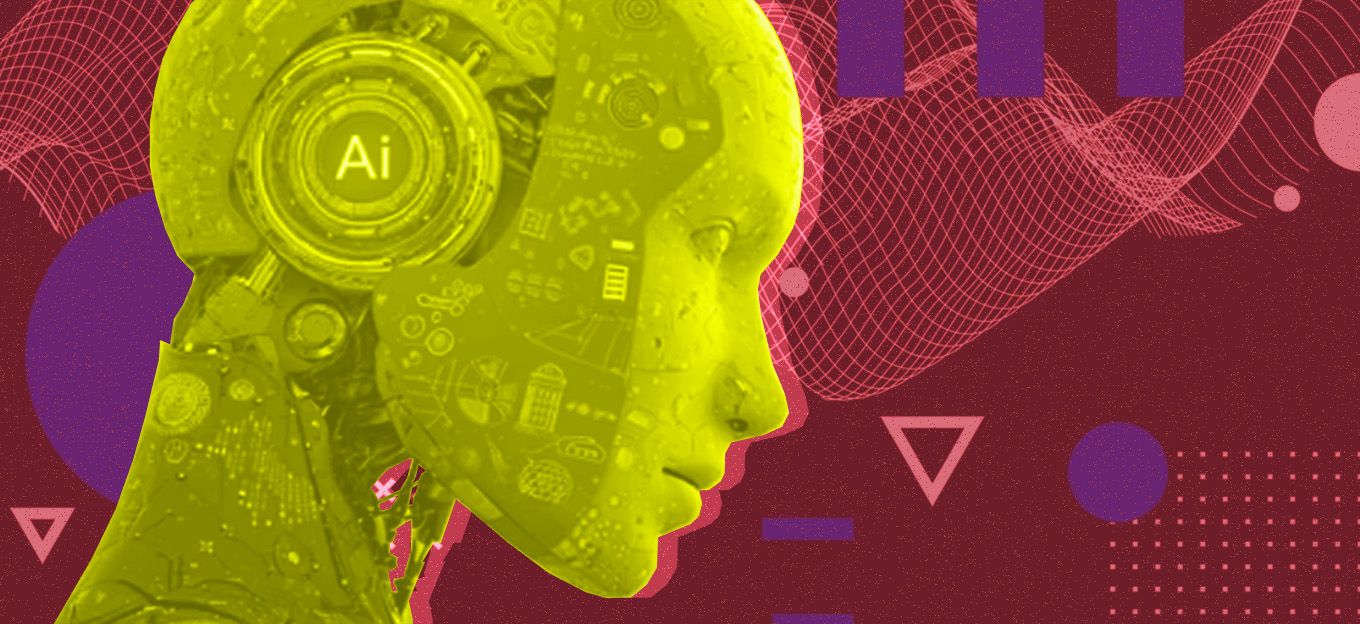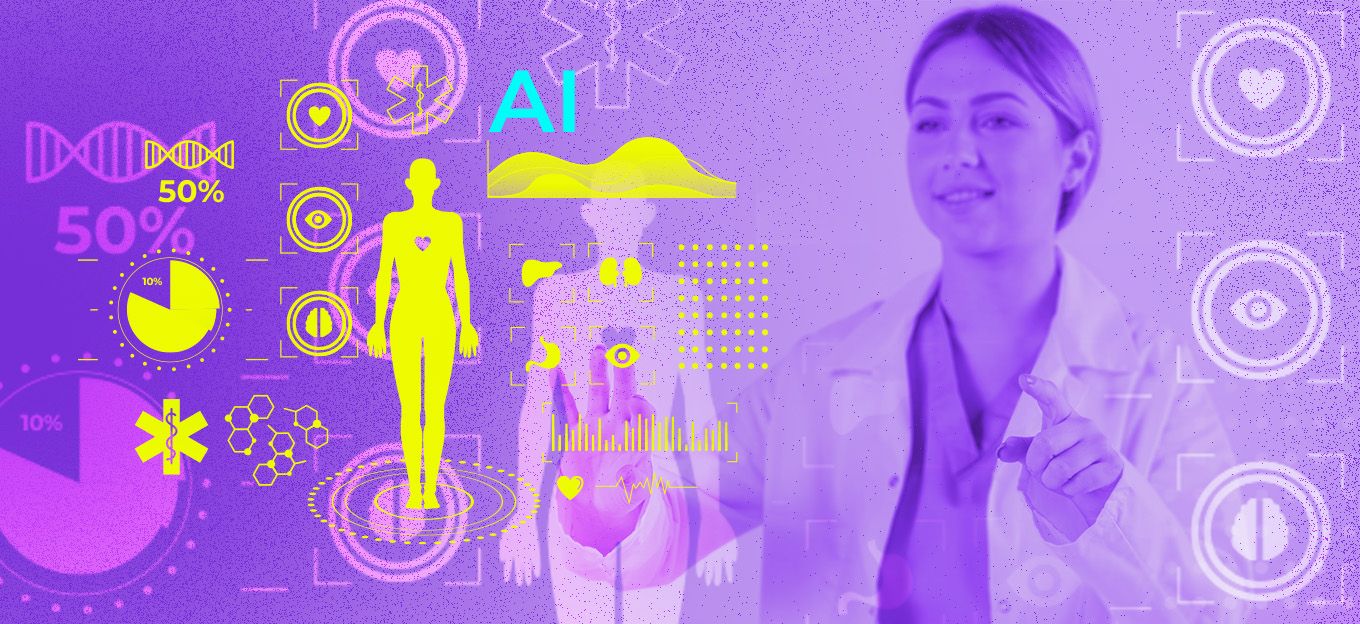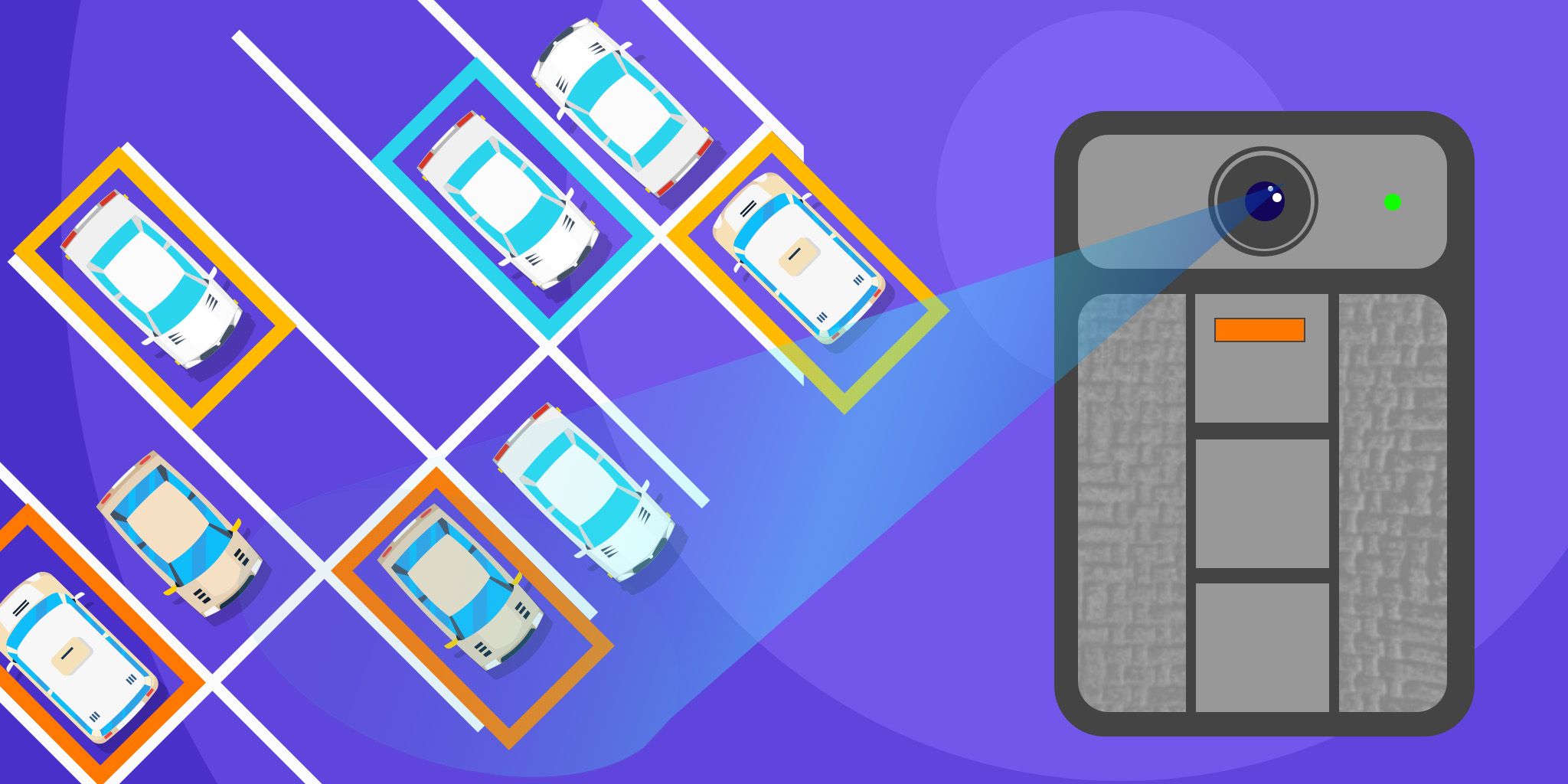Competing and Surviving in the Age of Agentic AI
Competing and Surviving in the Age of Agentic AI
- Last Updated: October 17, 2025
Alex Vakulov
- Last Updated: October 17, 2025



The C-suite has grown used to a certain rhythm of technological hype. We’ve navigated the promises of Big Data, the complexities of cloud migration, and the enormous wave of digital transformation.
Currently, the discourse is flooded with "Artificial Intelligence." However, for many experienced executives, the tangible return on investment often feels incremental rather than transformative. The dashboards are sleeker, the analytics are faster, but the core paradigm of human-in-the-loop work remains the same.
This is about to change, not with a bang, but with a quiet, architectural sea change that is far more profound than just another analytics tool or chatbot. We are entering the era of Agentic AI.
This development is less of an upgrade to existing enterprise software and systems and more of a complete re-imagining of their purpose. This isn't hype. This is the new foundation for how Enterprise Resource Planning (ERP), Business Intelligence (BI), and virtually every core business function will operate soon.
What Is an AI Agent?
Let’s clarify what an AI Agent is and, more importantly, what it is not. It is not a chatbot that passively responds to questions from a knowledge base. It is not a machine learning model that merely detects patterns in data. These are passive tools that depend on constant human prompting and interpretation.
An AI agent, on the other hand, is an autonomous system built to accomplish a specific, complex goal. It can perceive its environment (through data feeds, APIs, and user inputs), reason through a multi-step plan, and act by interacting with other software, systems, and real people.
Think of it this way:
- Traditional Software: You ask your BI tool, "What were our sales in the Midwest region last quarter?" It provides you with a number. Then, you have to analyze that number, compare it to forecasts, find the cause of any discrepancies, and decide what actions to take.
- Agentic AI: You assign the agent a goal: "Ensure our Midwest sales division hits its quarterly target of $10M with a gross margin of at least 40%."
The agent operates independently in the background. It monitors real-time sales data from your CRM, cross-checks inventory levels in your ERP, analyzes market trends from external data feeds, and even evaluates the performance of ongoing marketing campaigns.
If it detects a potential shortfall, it doesn't just send an alert. It develops a plan. It might identify underperforming product lines and suggest a targeted promotion, estimate the financial impact of that promotion, draft an email to the regional sales manager outlining the plan, and provide you with a fully vetted recommendation, complete with projected outcomes.
Actually, this is the difference between a tool and a goal-oriented digital coworker.
Unifying the Siloed Enterprise Through an Architectural Shift
For decades, one of the main challenges in enterprise IT has been integration. Different systems, such as ERP, CRM, SCM, and HRIS, operate as data silos, making it hard to get a complete, real-time view of the business. We've spent significant amounts on data warehouses, middleware, and APIs to connect these systems, with mixed success.
Agentic AI does not replace these core systems. Instead, it offers an intelligent "action layer" that sits above them. This is an important distinction. It enhances your current technology investments by giving them a 'brain.'
An AI agent can be granted secure API access to your SAP system, Salesforce, and Oracle database. It becomes the ultimate power user, capable of coordinating workflows across these platforms without the need for a large, high-risk "rip and replace" project.
Agentic AI Use Cases
Let's shift from theory to practice. How is this redefining specific B2B workflows?
#1: The Autonomous Supply Chain Analyst
The Pain Point: A sudden event closes a major shipping port. In a traditional setup, this causes a frantic, manual scramble. Teams work around the clock to identify affected shipments, contact carriers, find alternative routes, and notify customers about delays. The process is slow, error-prone, and costly.
The Agentic Solution: An AI agent dedicated to supply chain resilience is constantly monitoring global logistics data, weather patterns, and news feeds.
- Detection: It immediately flags port closures and identifies every affected purchase order, shipment, and customer delivery by cross-referencing data from the ERP and SCM systems.
- Analysis & Planning: It automatically searches for alternative carriers' capacity and pricing, models the impact on cost and time of rerouting via different ports or air freight, and evaluates the cascading effects on production schedules.
- Action: It provides the Logistics Director with three fully costed contingency plans, prioritized by criteria such as speed versus cost. It has already prepared communications for affected customers and pre-filled the necessary booking forms for the recommended new routes.
The resolution time shrinks from days to minutes. The business moves from a reactive to a pre-emptive posture, creating a level of operational resilience that is a powerful competitive advantage.
#2: The Proactive "Financial Planning & Analysis" (FP&A) Partner
The Pain Point: The CFO's office spends the first week of every month buried in spreadsheets, reconciling numbers, and generating reports. Strategic analysis—the "what if" scenarios—often takes a backseat to the mechanics of reporting.
The Agentic Solution: An FP&A agent exemplifies the potential of AI in finance -integrated with the company's financial systems and BI platforms.
- Ongoing Analysis: It continuously monitors cash flow, budget variance, and key financial ratios.
- Intelligent Forecasting: It can run thousands of Monte Carlo simulations overnight to model how interest rate changes or shifts in commodity prices affect the P&L.
- Proactive Insight: Instead of the CFO asking, "What's our cash position?", the agent sends a notification: "Based on current accounts receivable aging and projected payroll, we project a potential cash-flow tightening in 45 days. I recommend drawing $1.5M from our revolving credit facility on [Date] to optimize interest costs. The projected cost of carry is $X. Shall I prepare the paperwork?"
This shifts the finance role from just tracking past data to providing future-focused strategic advice.
The Strategic Imperative: Why This Is the 2025-2030 Moat
As highlighted by thought leaders, the most lasting competitive advantages are architectural. They are embedded in a company's operational fabric, making them very hard for competitors to copy.
Agentic AI offers this kind of advantage. An early adopter who develops an AI agent to manage their inventory isn't just reducing costs. That agent learns from the company's unique sales patterns, supplier performance, and customer behavior.
Over time, it creates a proprietary model of the business's ecosystem, becoming more efficient and predictive. A competitor launching two years later can't simply purchase the same software; they lack the two years of operational data and learning that have made the existing agent so effective.
This creates a powerful data flywheel and operational velocity that latecomers will find impossible to match. The challenge, however, is that building these systems is not a simple IT project. It requires a rare combination of data science, software engineering, and deep business process knowledge.
This is why a strategic approach to developing custom AI agents for enterprise workflows is essential. It’s about designing systems of intelligence that become core, proprietary assets.
The Implementation Roadmap
Starting this journey calls for a methodical, value-focused approach:
- Don't try to do everything at once. Identify the main bottleneck and start with a single, high-impact, data-rich process that causes significant pain and inefficiency. Is it customer onboarding? Trade promotion optimization? Procurement?
- An agent's intelligence relies on the data it can access. Establishing the data foundation ensures your core ERP and CRM data is clean, accessible via APIs, and secure.
- Develop a Minimum Viable Product (MVP) agent focused on a narrow set of tasks as a pilot project. The goal is to prove tangible value quickly, build trust within the organization, and learn from a contained deployment.
- The most critical technical phase involves integrating Generative AI into enterprise systems, connecting the pilot agent to live production environments, and gradually expanding its capabilities and autonomy based on performance metrics.
- Every action the agent proposes should be approved by a human expert through Human-in-the-Loop (HITL) Governance. This approach builds confidence and provides a vital feedback loop for the agent to learn. Over time, as its reliability surpasses 99.9%, it can be given greater autonomy for more routine tasks.
The Dawn of a New Enterprise Architecture
For years, we’ve used software to assist humans. The era of agentic AI is about building software that acts on behalf of humans. This fundamental shift from passive tools to autonomous partners will dissolve operational friction, unlock unprecedented levels of efficiency, and allow human talent to focus exclusively on high-level strategy, creativity, and relationship-building.
The Most Comprehensive IoT Newsletter for Enterprises
Showcasing the highest-quality content, resources, news, and insights from the world of the Internet of Things. Subscribe to remain informed and up-to-date.
New Podcast Episode

Moving Past the Pilot Phase in IoT and AI
Related Articles





